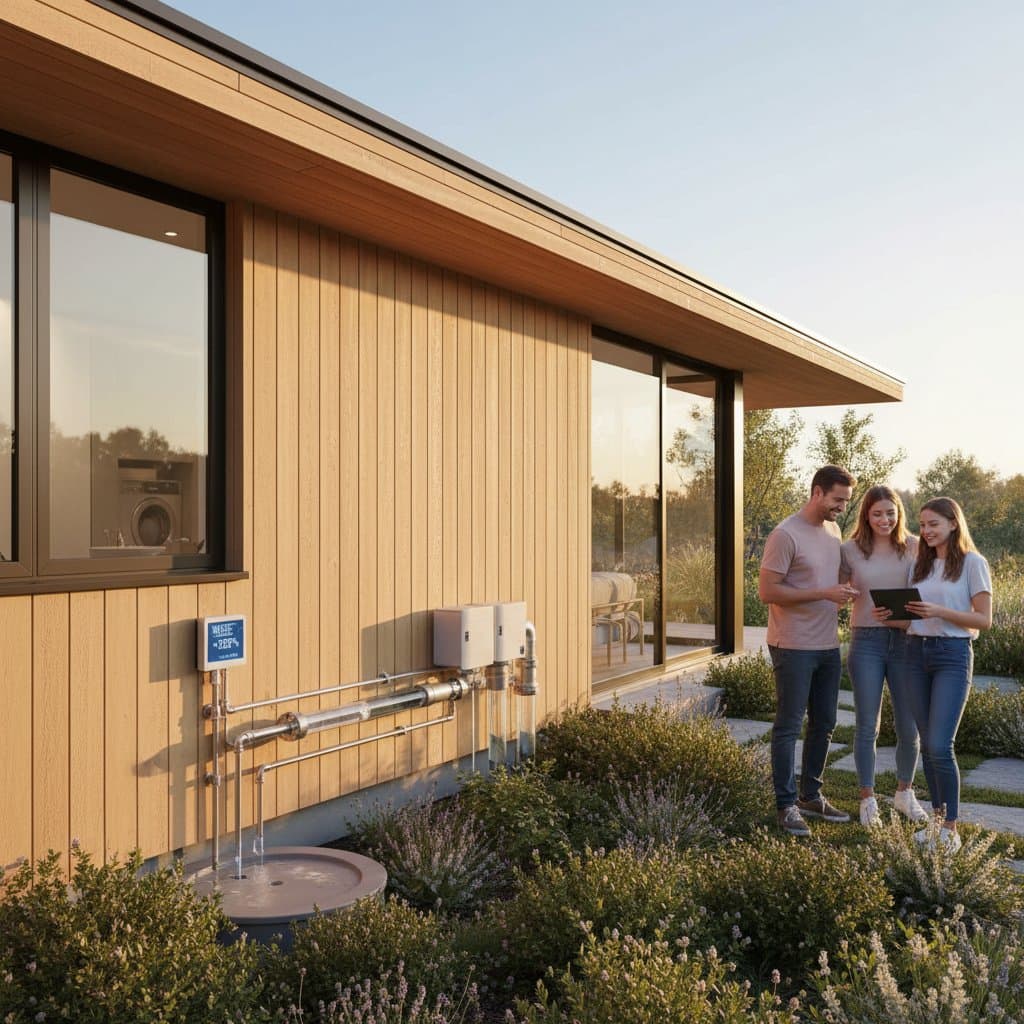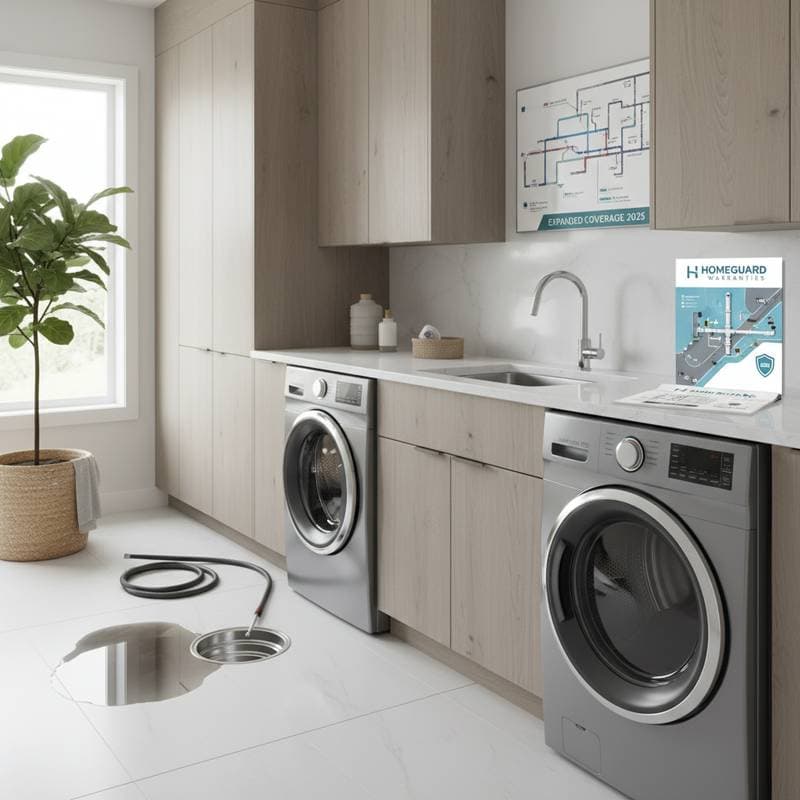2025 Sewer Line Replacement Costs: Trenchless Versus Traditional Digging
Homeowners confronting sewer line failure must select between two primary repair approaches: traditional excavation or trenchless replacement. Each option presents distinct cost components, labor requirements, and enduring effects. Grasping these distinctions enables realistic budgeting and informed choices aligned with property conditions and plumbing needs.
Fundamentals of Sewer Line Replacement
Sewer lines transport wastewater from residences to municipal systems or septic tanks. Cracks, collapses, or root blockages lead to severe issues. Symptoms include sluggish drainage, backups, and unpleasant smells. A camera inspection verifies extensive damage, often necessitating full replacement as the sole lasting solution.
Conventional replacement involves digging along the entire pipe length to extract and install new piping. This process demands significant labor and disturbs landscapes, driveways, and patios. Trenchless techniques employ advanced tools to renew or restore pipes via limited entry points, thereby curtailing surface interference and completion timelines.
Cost Comparison: Trenchless and Traditional Methods
Expenses fluctuate based on soil composition, pipe burial depth, run length, and site accessibility. Residential full-line replacements generally span $4,000 to $25,000. The approaches diverge in cost allocation.
Traditional Excavation Replacement:
- Standard rate: $50 to $250 per linear foot
- Typical project total: $7,000 to $20,000
- Duration: two to five days
- Necessitates large-scale digging machinery and subsequent surface rebuilding
Trenchless Replacement:
- Standard rate: $80 to $350 per linear foot
- Typical project total: $6,000 to $22,000
- Duration: one to two days
- Demands specialized machinery with negligible surface impact
Although trenchless methods carry elevated per-foot rates, overall expenditures frequently prove lower when accounting for diminished restoration demands. Excavating and repairing yards, driveways, or walkways post-replacement can inflate costs by thousands of dollars.
Trenchless Repair Techniques
Trenchless innovations encompass multiple procedures, each appropriate for varying damage extents and pipe states.
1. Pipe Bursting
This technique fragments the existing pipe while simultaneously drawing in a replacement. It suits profoundly compromised or collapsed conduits, accommodating materials like clay, cast iron, or PVC. Operations require two modest access pits at line endpoints. Rates generally fall between $80 and $200 per linear foot.
2. Pipe Lining (Cured-in-Place Pipe or CIPP)
Operators insert a pliable, resin-saturated liner into the current pipe. Upon expansion and hardening, it forms a seamless inner conduit. This suits fractured or seepage-prone pipes retaining structural integrity. Expenses range from $100 to $250 per linear foot, with completion often within one day.
3. Slip Lining
A reduced-diameter pipe slides into the original, followed by end sealing. This slightly narrows flow capacity but provides dependable remediation for extended, linear segments. Costs align with pipe bursting, averaging $80 to $180 per linear foot.
Key Cost-Influencing Factors
Multiple elements determine the ultimate expense for both techniques. Awareness of these aids in precise planning and quote evaluations.
1. Pipe Length and Burial Depth
Extended or deeply buried lines escalate project expenses. Depths exceeding six feet demand additional digging or apparatus adjustments, potentially increasing costs by 20 to 40 percent.
2. Site Access and Positioning
Lines traversing beneath foliage, patios, or concrete structures prolong excavation and raise expenses. Trenchless approaches frequently emerge as more cost-efficient here, owing to reduced surface alterations.
3. Pipe Material Type
Aging residences often feature challenging clay or cast iron lines. PVC or ABS alternatives prove simpler and cheaper to deploy, altering rates by $10 to $40 per linear foot.
4. Permit and Inspection Charges
Municipal rules mandate approvals and verifications. These fees vary by locale, adding $300 to $1,200 overall.
5. Site Restoration Requirements
Conventional methods typically entail relandscaping, concrete renewal, or driveway mending, costing $1,000 to $5,000 or higher based on disruption scale. Trenchless projects largely bypass such outlays.
Durability and Upkeep Evaluation
Properly executed installations from either method deliver decades of service. Trenchless deployments often utilize PVC or HDPE materials enduring 50 years or longer, matching traditional setups with equivalent substances. Disruption levels and ongoing care represent primary variances.
Trenchless configurations feature fewer connections, mitigating root penetration risks. Conventional assemblies may incorporate numerous segments, heightening leak possibilities over time. Periodic camera assessments every few years detect emerging problems preemptively.
Scenarios Favoring Traditional Excavation
Trenchless options prove infeasible in certain situations. Excessively deteriorated pipes may preclude lining hosts, or unstable soils could complicate procedures. Total collapses or pronounced sags often require comprehensive digging for dependable resolution.
Excavation affords direct examination and renewal of adjacent elements, including cleanouts and laterals, which trenchless limits. For superficial, readily reachable lines, standard replacement maintains cost advantages.
Environmental and Site Impact Assessment
Trenchless methods attract favor through reduced ecological effects. Minimal soil and plant disturbance curbs erosion and safeguards greenery. Compact access areas also lessen utility line damage potential.
Traditional excavation, despite greater interference, permits thorough system scrutiny. This benefits cases of suspected broad corrosion or concurrent underground service needs.
Practical Cost Illustration
Imagine a 60-foot line beneath a gardened rear yard and driveway. Traditional excavation might total $12,000 for core work, plus $3,000 to $5,000 in driveway and yard recovery, reaching $15,000 to $17,000.
A trenchless lining equivalent could span $10,000 to $13,000, with scant restoration. Elevated initial rates yield net savings via limited repairs.
Conversely, unobstructed soil runs might render digging more affordable at $8,000 to $10,000. Selection hinges on site configuration and disruption tolerance.
Selecting a Competent Contractor
Sewer renewal constitutes a substantial outlay. Competent hires guarantee compliance and longevity. Seek licensed, insured experts in subsurface plumbing or trenchless expertise. Pose these essential inquiries prior to commitment:
-
Which techniques do you suggest, and for what reasons?
Contractors must delineate advantages and limitations transparently, beyond favoring premium services. -
Can you furnish a comprehensive written quote?
Itemize labor, supplies, approvals, and recovery expenses distinctly. -
Do warranties apply?
Established firms extend at least ten-year coverage on components and workmanship. -
Will you manage approvals and verifications?
Integrated services streamline operations. -
Can you present client endorsements or project samples?
Digital feedback and imagery validate performance standards.
Safeguards and Residence Precautions
Sewer operations demand vigilance. Prior to any personal digging, contact utility locators to flag subsurface lines. Restrict children and animals from active areas. Indoor sewage surges warrant halting fixture use until resolution to avert spread.
For legacy systems, arrange biennial camera reviews. Prompt crack or root detection averts costly crises.
Safeguarding Your Sewer Investment
Post-installation, sustain the line through mindful habits. Refrain from disposing wipes, fats, or non-flushables that provoke obstructions. Proximity to mature trees may necessitate barriers or yearly root mitigation.
Informed Decision Framework
Opting between trenchless and excavation balances site specifics, finances, and disruption thresholds. Trenchless delivers efficient, low-impact outcomes, whereas digging ensures exhaustive oversight for complex failures.
Weighing holistic expenses, durability, and recovery demands empowers selections optimizing short-term costs against sustained benefits. Expert execution and vigilant care underpin plumbing reliability for generations.





